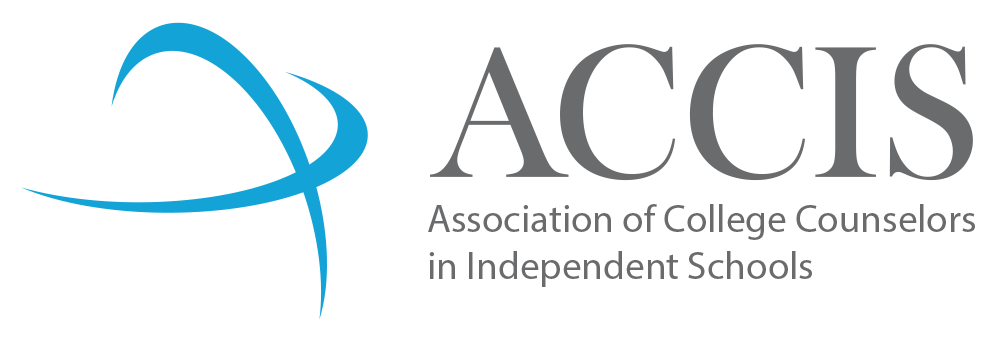
Carol Wasden, Director of College Counseling, The Hockaday School
Picture this: It’s 10:30 p.m. when a high school senior, pooled in desk lamp light and nerves, presses submit on his college application. Deep breath, exhale. Pause. Now what?
In one version of this story, a college admission dean sees an alert go off at 10:30:30, jumps up, cheers to see the application arrive, and immediately sits down to read it. The reality, however, is much different. In a world where an image of a check can be converted into actual money in a matter of minutes, it’s important to understand the technology behind the scenes in the college application process.
The Common Application delivers submitted applications in different ways. According to Scott Anderson, Common Application Senior Director, over half of the member colleges choose to receive overnight batches, which means that applications submitted between 12:01 a.m. Monday and midnight are collected and presented to colleges early Tuesday morning. Colleges can opt to have those applications delivered directly to their databases or have them delivered to a portal that they manually access on their own schedule. Applications can be delivered as data files, pdfs, or both, and the member institutions utilize 25 different technology platforms for managing the application process on their ends, ranging from snazzy commercial products to homegrown systems. So, five applications submitted at the exact same time to five different schools with five different systems can be processed anywhere from the next morning to a week later. And two friends who submit their applications to the same college, but on different sides of midnight, will see their applications processed differently as well.
In addition to submitting applications, students are responsible for sending their official test scores from either ACT or The College Board. “Sending” scores simply means students are giving colleges permission to receive or retrieve them based upon each school’s chosen delivery method. Colleges can choose to get ACT scores delivered as paper reports once a week, on CDs twice a month, or as an internet download three times a week, which they have to manually retrieve. The College Board also sends scores electronically or on paper, and the fastest delivery process, data downloads 2 – 3 times a week to a portal the college must access, won’t result in faster processing if the college has delays retrieving the information on their side.
Overall, any college’s application pool is a terrifying stew of applications that have been started but not completed, submitted applications without test scores, test scores without applications to match, and high school transcripts and recommendations that can arrive either electronically or on paper. If a college requires an application, test scores, transcript, counselor recommendation and two teacher recommendations, that’s six data or paper files per application, multiplied by – let’s say – 38,000 applications. Compound that by – remember – 25 different internal systems colleges are using to capture and keep track of all of that information. During peak times, it truly can take some colleges a period of weeks to match everything up, and every college a student applies to can process the application to completion on a different time frame. (So by the way, do your counselor a favor: when your application triggers the automated message indicating your transcript isn’t there yet, wait just a few days. There’s a lot going on in the background…)
In a Snapchat world, it can be hard to comprehend that someone will go into work tomorrow to open the mail and scan transcripts into pdfs that need to be uploaded into a database and matched to an application based on a system search (whew!). But your mother was right when she told you that good things come to those who wait. The great professionals who work in college counseling and college admission want nothing more than to help every application move as efficiently as possible through the reading process. And in the end, when you’re making your final choice among the colleges that have admitted you, you might even see a college admission dean cheer!
